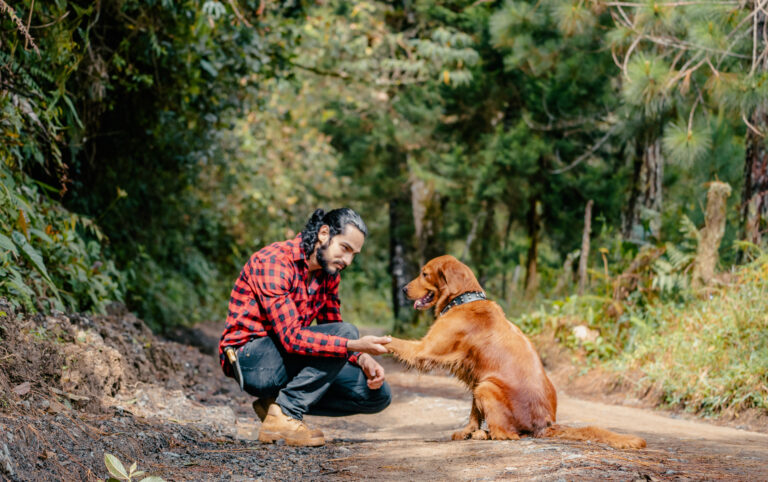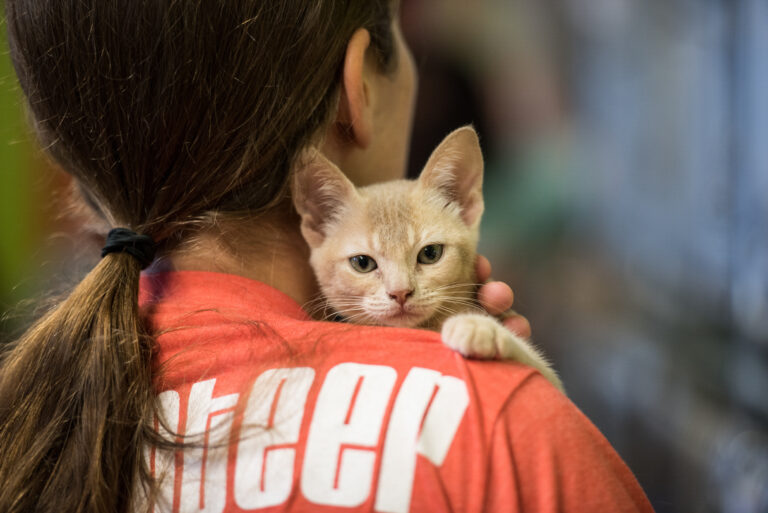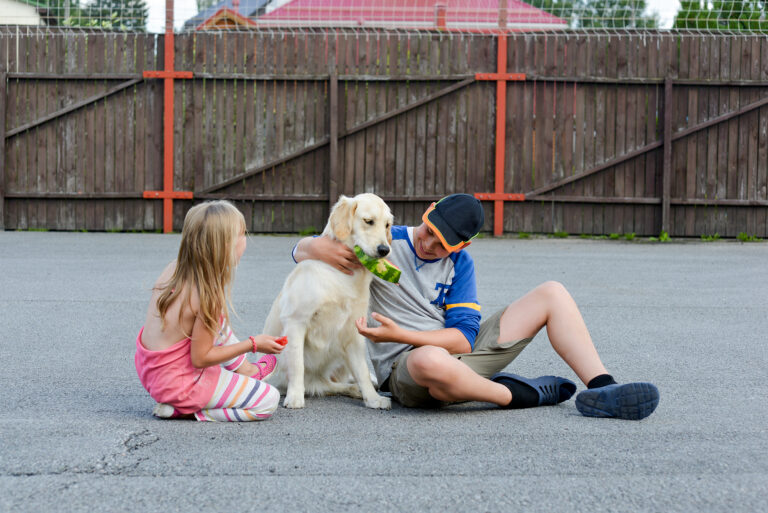There’s something irresistible about spring—fresh beginnings, blooming flowers, and the idea of bringing a new puppy home just feels right. April, in particular, is a popular time for adoptions, with shelters bustling with litters and breeders preparing for spring arrivals. But before you get swept away by the adorable faces and tiny wagging tails, it’s important to pause and prepare. Adopting a spring puppy is exciting, but it also brings real responsibilities that can’t be overlooked.
Here’s everything you need to know before adopting a puppy this April, so you and your new best friend can start off on the right paw.
Table of Contents
Springtime Puppy Boom: Why So Many in April?
Warmer weather and longer days naturally signal a time of growth and renewal. Many breeders and even accidental litters time births for spring because conditions are easier—milder temperatures make outdoor potty training and early socialization less stressful. Shelters also tend to see a rise in intakes around this time, partly because of unplanned litters and increased activity after winter.
This means that April offers lots of choices for prospective puppy parents, but it also means competition for homes is high. Be ready to move thoughtfully and responsibly when you find the right pup.
Key Considerations Before You Adopt a Spring Puppy
1. Time and Energy Commitment
A puppy isn’t a seasonal project—it’s a lifelong commitment. Puppies require constant supervision, frequent potty breaks, and daily training sessions to set good behavior patterns early on. Ask yourself:
- Are you ready to adjust your schedule for early mornings and disrupted routines?
- Can you commit to training consistently through spring and summer, even when vacations and events call?
- Do you have the patience to handle teething, accidents, and the occasional chewed shoe?
If you’re ready for that level of involvement, you’re already ahead of the game.
2. Spring Health Needs
April brings new life but also new challenges for young puppies. Warmer weather means higher risks of parasites like fleas, ticks, and mosquitoes. Before you even bring your puppy home, you’ll need to plan for:
- Initial vet visits for vaccinations and health checks
- Parasite prevention for fleas, ticks, and heartworms
- Microchipping and ID tagging for safety, especially as you start outdoor adventures
Make sure your puppy’s health care is lined up from the start to avoid any springtime surprises.
3. Socialization Opportunities
One of the biggest perks of spring adoptions? Perfect socialization weather. Puppies between 8–16 weeks old are in their critical socialization period, when positive experiences with people, animals, and environments shape their behavior for life.
Spring offers:
- Outdoor puppy classes
- Farmer’s markets (with controlled introductions)
- Walks in parks with new sights and sounds
- Safe playdates with vaccinated, puppy-friendly dogs
Use the season to gently expose your puppy to a wide variety of safe, controlled experiences to build confidence and resilience.
4. Allergy Awareness
Spring also means a surge in pollen, mold, and grasses—and just like humans, some puppies can develop allergies. Keep an eye out for signs like itching, red eyes, or ear infections.
Choosing a puppy breed that aligns with your household’s allergy sensitivities (and being prepared with vet advice if symptoms appear) is smart planning.
5. Preparing Your Home and Yard
April is a great time to puppy-proof your home and outdoor spaces. Secure any open garden beds with toxic plants, patch up fencing to prevent escapes, and remove any leftover winter debris that could pose a risk.
Indoors, pick up cords, small objects, and anything else a curious mouth might explore. Create a safe, cozy space with a crate, toys, and an easy-to-clean area for early accidents.
In Conclusion

Adopting a puppy in April can be a joyful, life-changing experience, but it’s not something to rush into lightly. Spring may bring sunshine and blooms, but puppies bring early mornings, muddy paws, and a big dose of responsibility right along with them.
By planning ahead, understanding the real needs of a young dog, and embracing the season’s opportunities for outdoor exploration and socialization, you’ll set the stage for a healthy, happy life together. After all, there’s no better way to celebrate a new season than by welcoming a new best friend into your world—with open arms, a prepared home, and lots of patience.







